Culture
Tet Holiday
Street Vendors
Traditional Dress
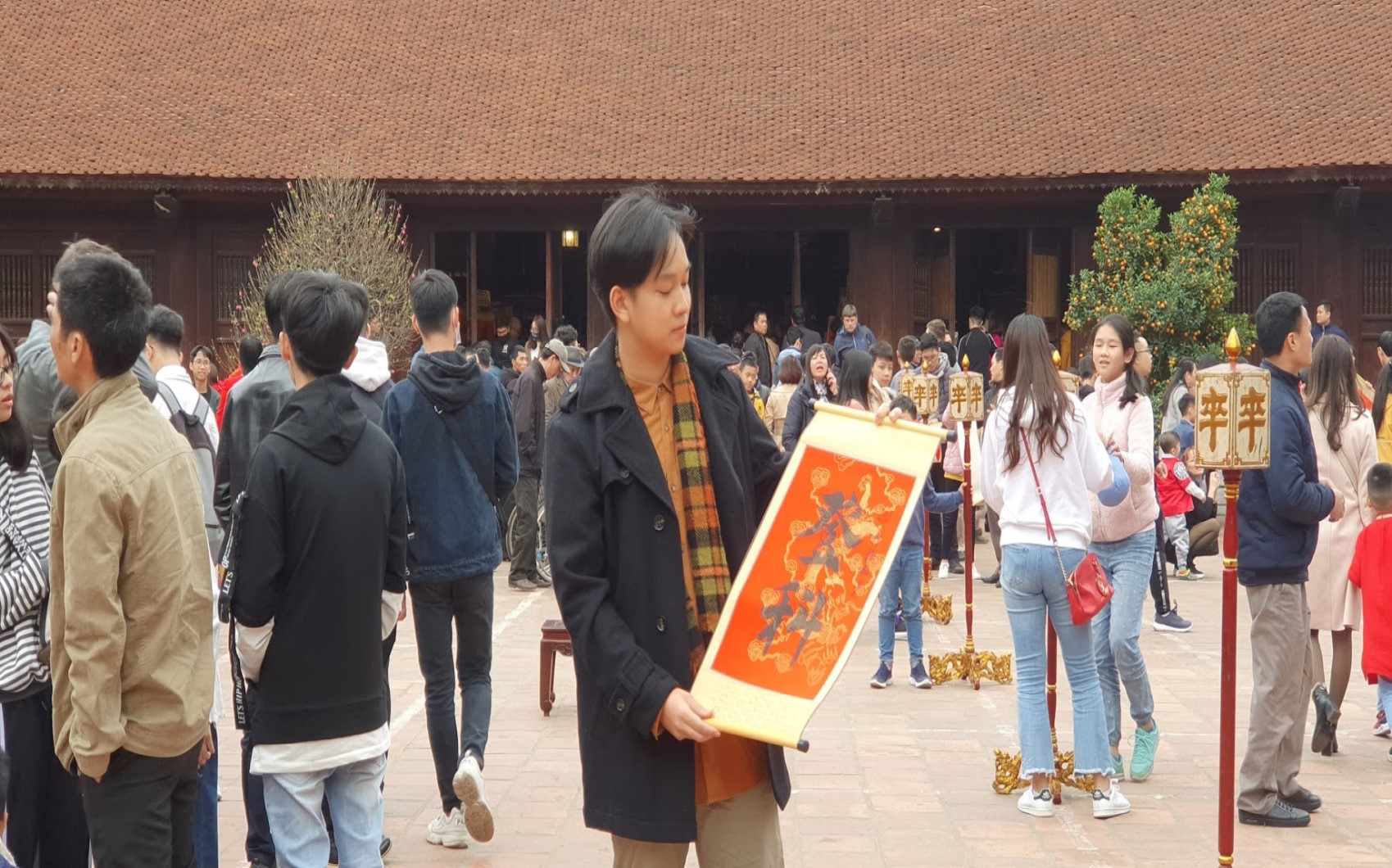
Tet Holiday
In Viet Nam, we celebrate New Year by lunar calendar, and it was called the Tet Holiday. The Vietnamese believe that Tet Holiday is an occasion to enjoy life after a full hard-working year, thus people forget their struggles and focus on making the celebration as festive as possible.
Because of the fact that Vietnamese families are so close-knitted, Tet Holiday is considered the best occassion for family members to return home and get together.
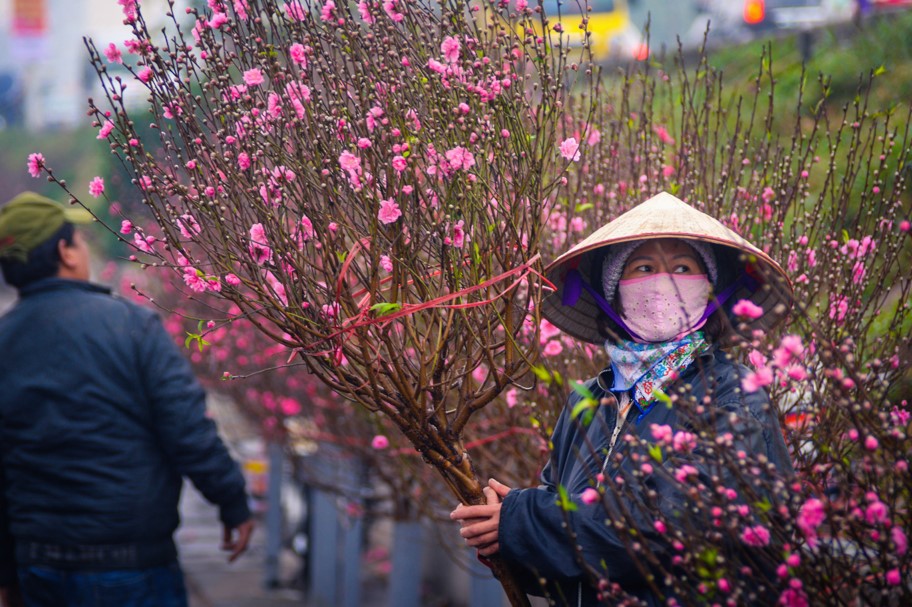
Decorations
At Tet every house is usually decorated by Ochna integerrima (in the central and southern parts of Vietnam) or peach flower (in the northern part of Vietnam). In the north or central, the kumquat tree is a popular decoration for the living room during Tet. Its bright orange-colored fruits represent the fertility and fruitfulness that the family hopes for in the coming year
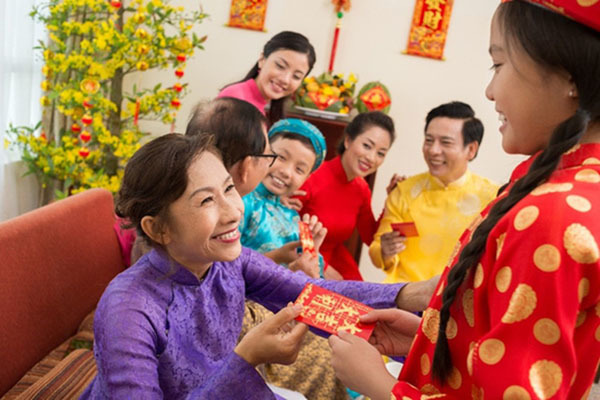
Traditional Customs
The first day of Tet is reserved for the nuclear family. Children receive a red envelope containing money from their elders
Since the Vietnamese believe that the first visitor a family receives in the year determines their fortune for the entire year, people never enter any house on the first day without being invited first.
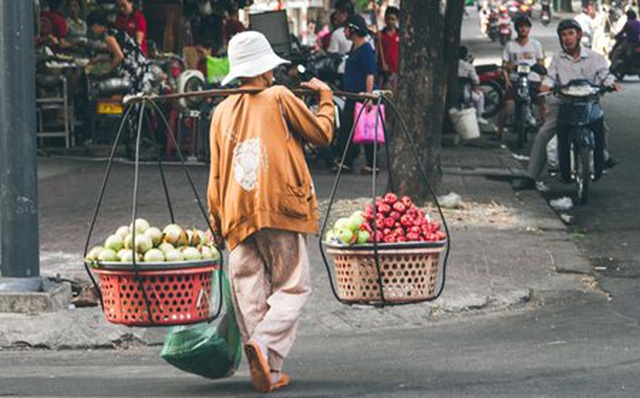
Street Vendors
Street vending is an essential part of city life. Street vendors can be roughly divided into three types: those who constantly move around either by bike or on foot, those have a stable stand on a street and lastly, those who own a shop and expand their products on the pavement.
In general, fruits, flowers and domestic products are the most common goods. Strange as it may sound, street vendors do have regular customers and stable trading relationships.
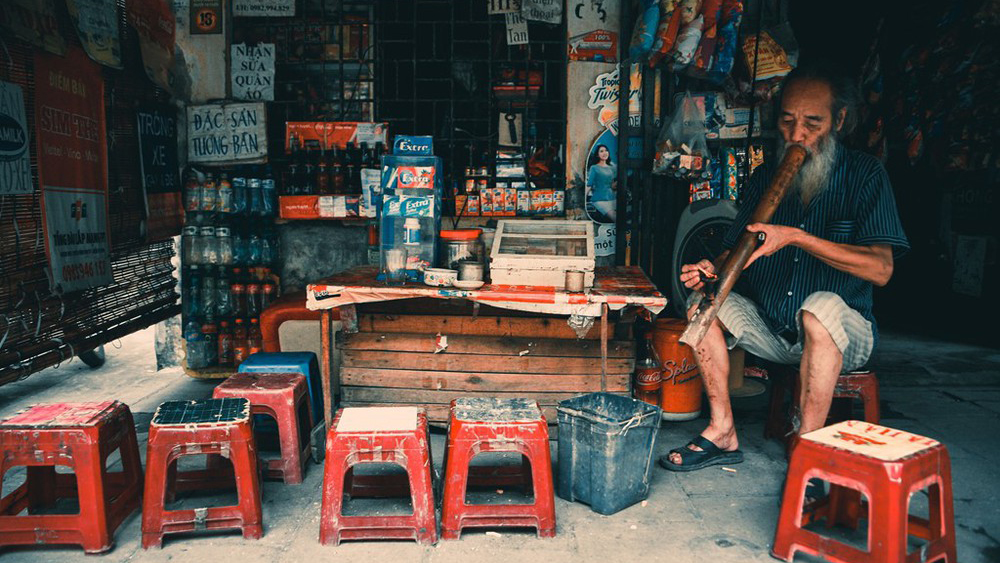
Tea stall
You will see tea stalls everywhere in the big street or in the alley. The seller just needs a hot water kettle, a teapot, some chairs, a smile and some stories. Wherever there is a tea stall, the life is funner and more poetic
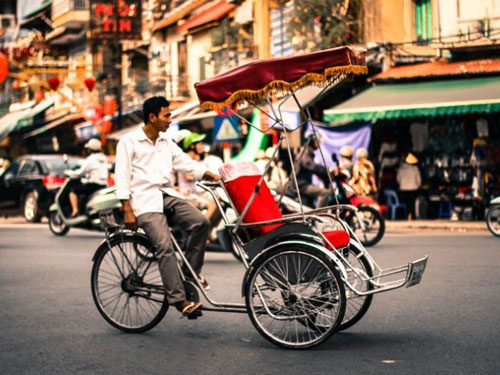
Traditional Transportation
Cyclo (Xich Lo) ride has no seat belt but you could fee worry free then enjoy the old form of visiting Hanoi or Saigon. Most of visitor will so worry when they first get on the clyco because there is nothing in front to protect them, but then they feel good because they could see and take photos of streets, people easier and those driver, they take hundreds to trip each year and really know how to keep you safe and enjoyed.
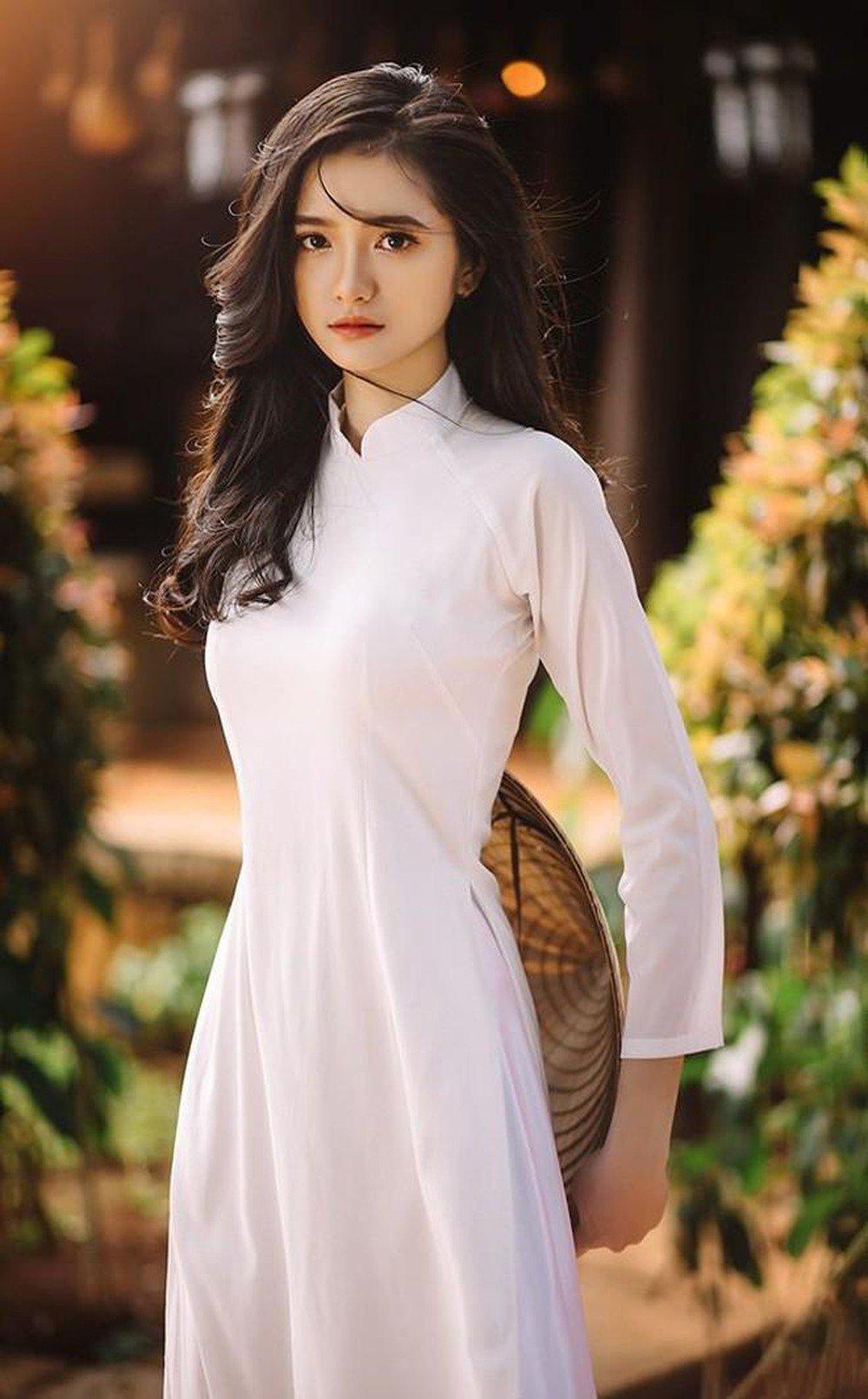
Áo Dài
The "áo dài" is a Vietnamese national garment worn by both sexes but most commonly by women. Besides suits and dresses nowadays, men and women can also wear "áo dài" on formal occasions. It is a long, split tunic dress worn over trousers. The term can be used to describe any clothing attire that consists of a long tunic.
The "áo dài" has traditionally been marketed with a feminine appeal, with "Miss Ao Dai" pageants being very popular in Vietnam and with overseas Vietnamese.However, men also wear ao dai or modified ao dai during weddings or formal occasions. The "áo dài" is one of the few Vietnamese words that appear in English-language dictionaries.
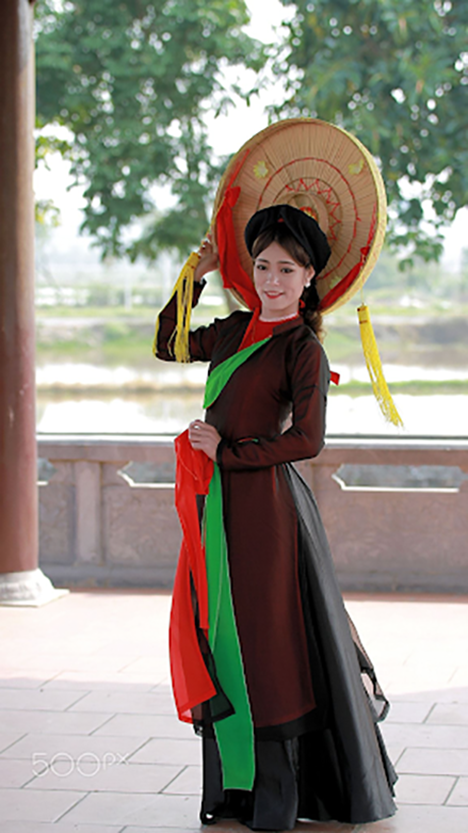
Áo Tứ Thân
The "áo tứ thân" was worn widely by women centuries before the "áo dài". As Vietnam expanded southward, "áo tứ thân" gradually became associated specifically with northern women.
The "áo tứ thân" was the dress of peasant women, which explains why it was often made with plain fabric in dark colors, except when it was to be worn at special occasions such as festivals or weddings.
Cuisine
National Dish
Traditional Meal
Afternoon Meal
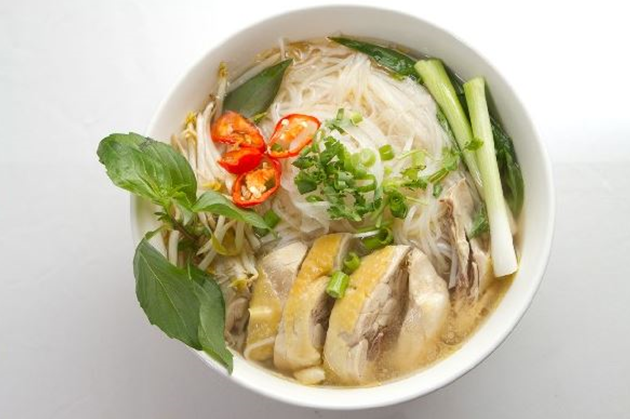
Phở
"Phở" is a Vietnamese soup dish consisting of broth, rice noodles, herbs, and meat (usually beef), sometimes chicken. "Pho" is a popular food in Vietnam where it is served in households, street stalls and restaurants countrywide. "Pho" is considered Vietnam's national dish.
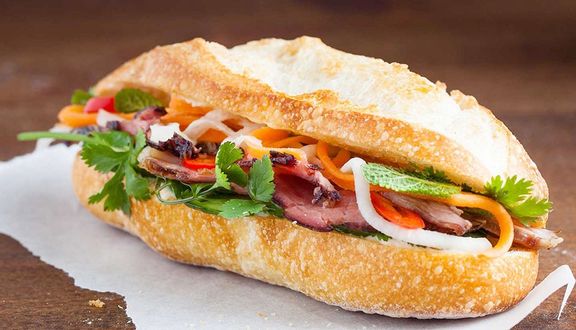
Bánh Mì
"Bánh Mì" is a short baguette with thin, crisp crust and soft, airy texture. It is often split lengthwise and filled with savory ingredients like a submarine sandwich and served as a meal. Plain "banh mi" is also eaten as a staple food.
A typical Vietnamese roll or sandwich is a fusion of meats and vegetables, "chả lụa" (pork sausage), coriander leaf (cilantro), cucumber, pickled carrots, pâté, along with red chili and buttery mayonnaise
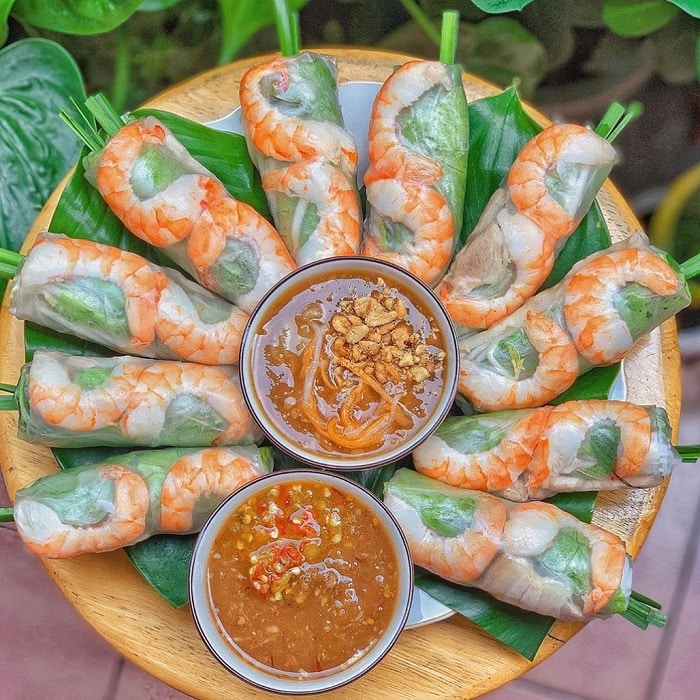
Spring Roll
Fresh spring roll (also known as Goi Cuon) is a Vietnamese traditional dish. Vietnamese food consists of shrimp, pork, vegetables, herbs, rice vermicelli "Bún". All of them are wrapped in rice paper "Banh Trang". Vietnamese fresh spring roll is often served with a kind of special dipping sauce – fish sauce (nuoc nam) -and garlic, limes, chili, crushed roasted peanuts.
The combination of herbs, pork, shrimp, and the salty, hot, and sour dipping sauce makes the Vietnamese fresh spring roll wonderfully unique.
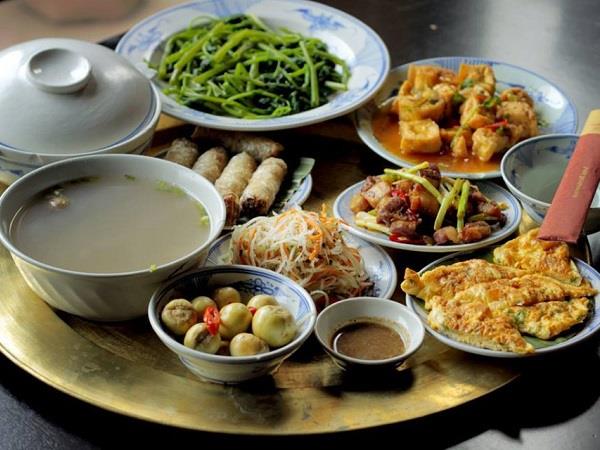
Daily Meal
2 out of 3 meals of the day often consist of steamed rice with side dishes of vegetables, meat, fish or tofu.
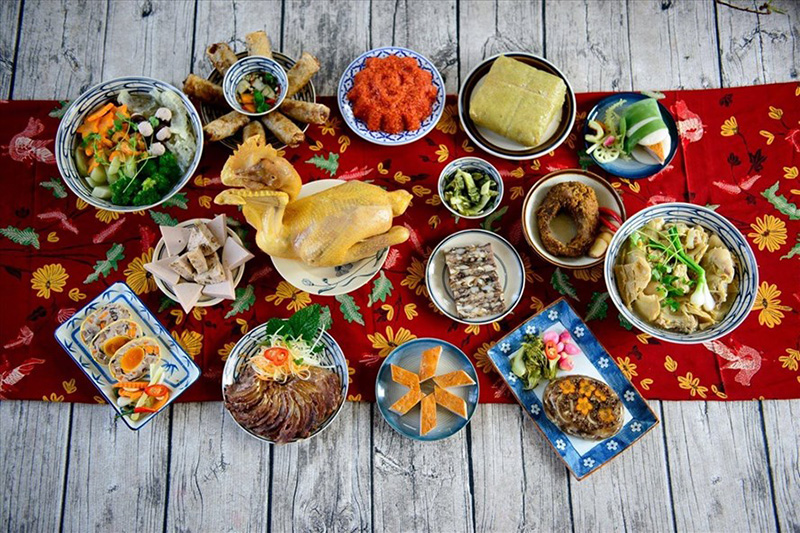
Tet Holiday Meal
Must have:
Banh chung (Vietnamese Square Sticky rice cake)
Gio cha (Vietnamese sausage)
Ga luoc (Boiled chicken)
Vegetables soup with pork skin (Canh Bong)
Pickled onion, pickled cabbage and pickled small leeks (Dua Hanh)
Xoi gac (Gac sticky rice)
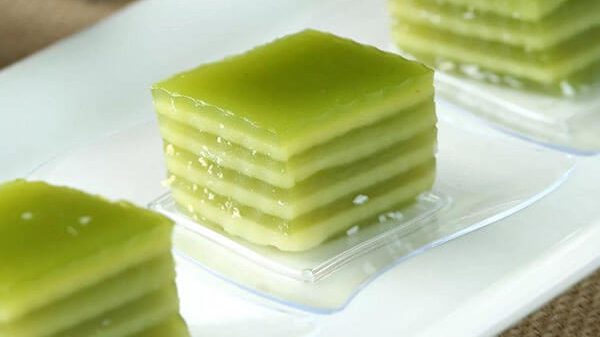
Bánh da lợn
"Bánh da lợn" is top 100 sweet cake around the world. "Banh da lon" is a Vietnamese steamed layer cake made from tapioca starch, rice flour, mashed mung beans, taro, or durian, coconut milk and/or water, and sugar. It is sweet and gelatinously soft in texture, with thin (approximately 1 cm) colored layers alternating with layers of mung bean, durian, or taro filling.
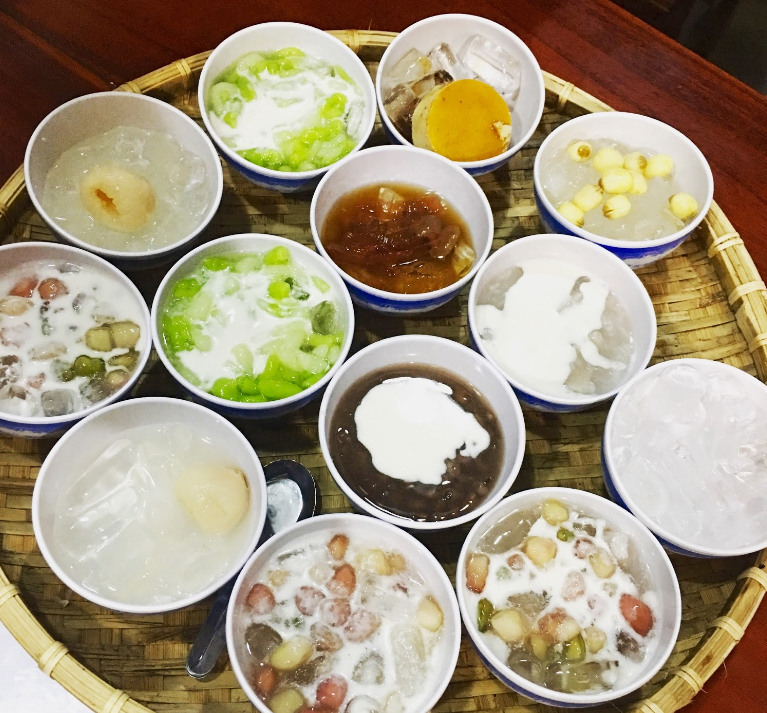
Chè
"Chè" is any traditional Vietnamese sweet beverage, dessert soup or pudding. Varieties of "Chè" are made with mung beans, black-eyed peas, kidney beans, tapioca, jelly (clear or grass), fruit (longan, mango, durian, lychee or jackfruit), and coconut cream. Other types are made with ingredients such as salt, aloe vera, seaweed, lotus seed, sesame seed, sugar palm seeds, taro, cassava and pandan leaf extract.
It can be served either hot or cold.
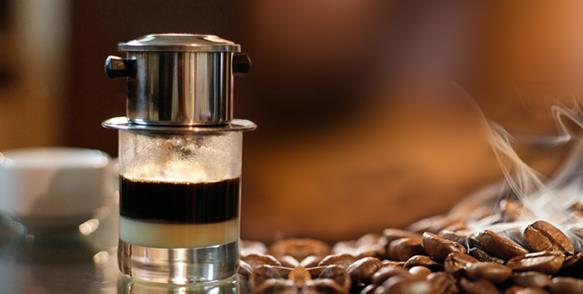
Bạc Sỉu
"Bạc Sỉu" is Vietnamese super sweet milk coffee with less caffeinated, sweeter and milkier version of traditional Vietnamese coffee with milk.
Places
Historical Relic
Famous Landscape
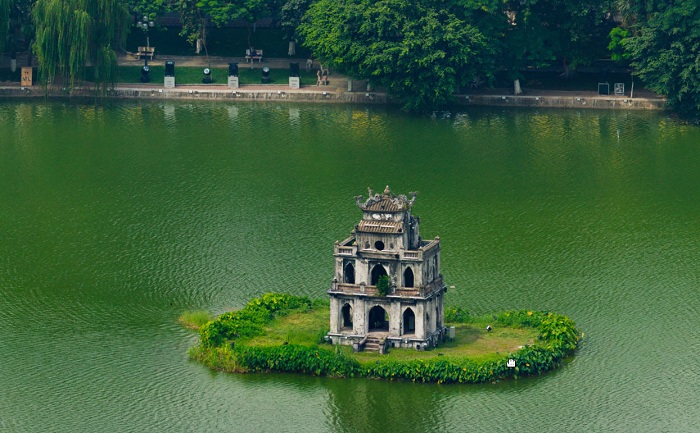
Hoan Kiem Lake (Hanoi - Capital)
Hoan Kiem Lake is one of the favorite places of tourists in Hanoi. Hoan Kiem Lake is located in the city center.
People usually come here on weekends. There are people who come for a walk. Some people come here for a date, some come here to hang out with friends. Coming to Hoan Kiem Lake, you will definitely have to try Trang Tien ice cream. This is a specialty of Hoan Kiem Lake.
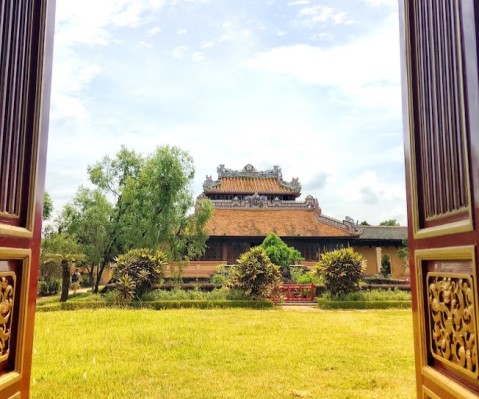
Imperial City (Hue)
The Imperial City is a walled enclosure within the citadel of the former imperial capital of Vietnam.
The Imperial City of Hue was once an enormous complex full of all the executive and bureaucracy you would expect from a country’s capital. It was enclosed within a square fortress (also known as the Hue Citadel), with each of the four walls about 2 kilometres long and a wide moat on the outside.
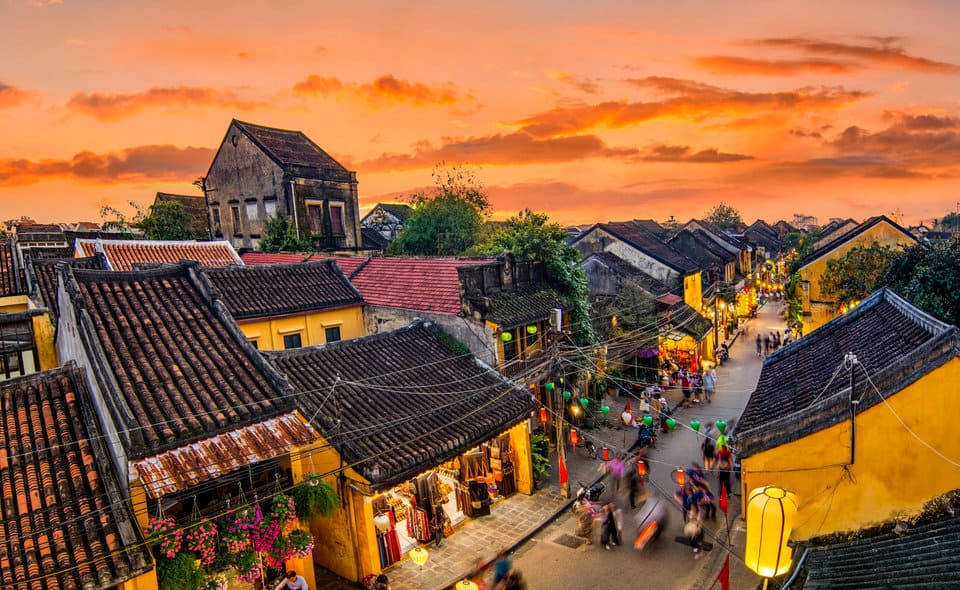
Old Town (Hoi An)
Hoi An is recognized as an exceptionally well-preserved example of a Southeast Asian trading port dating from the 15th to the 19th century, its buildings and street plan reflecting a blend of indigenous and foreign influences.
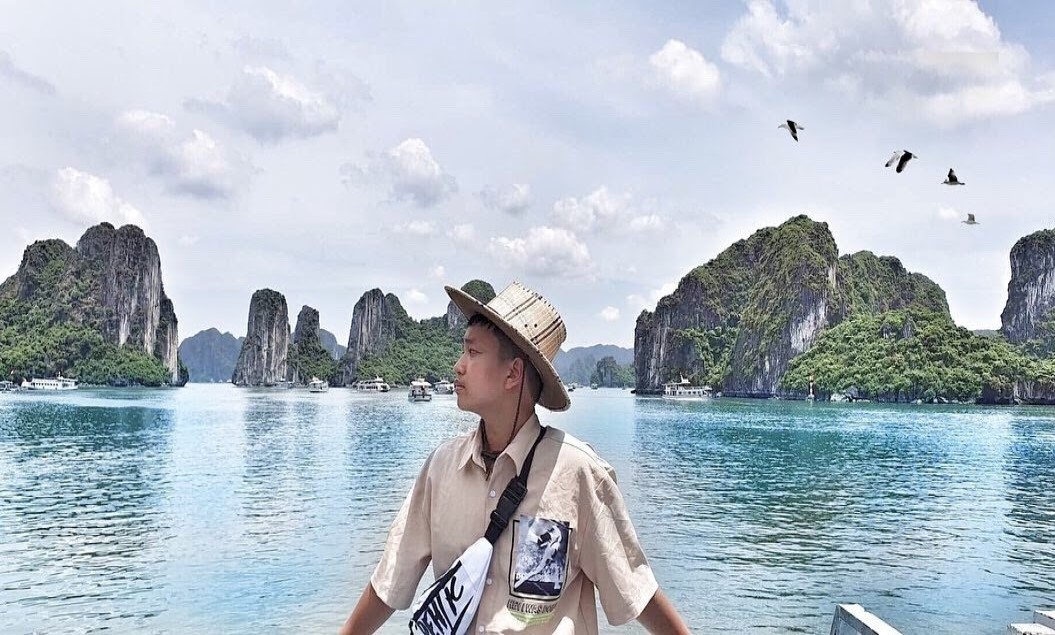
Halong Bay (Quang Ninh)
Halong Bay is a UNESCO World Heritage Site and popular travel destination. The name "Hạ Long" means "descending dragon". According to local legend, when Vietnam had just started to develop into a country, they had to fight against invaders. To assist the Vietnamese in defending country, the gods sent a family of dragons as protectors. The dragons began spitting out jewels and jade. These jewels turned into the islands and islets dotting the bay, linking together to form a great wall against the invaders.
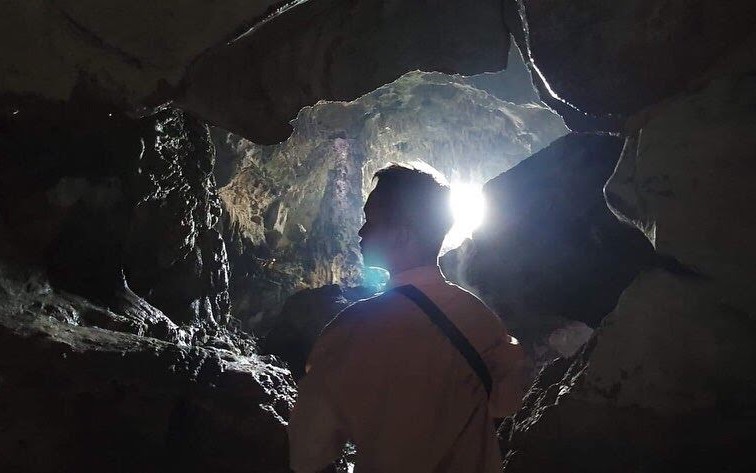
Phong Nha - Ke Bang National Park (Quang Binh)
Phong Nha - Ke Bang is located in a limestone area of about 201,000 hectares in the territory of Vietnam. The feature of this national park is the tectonicslimestone , 300 caves, underground rivers and rare flora and fauna are listed in the Vietnam Red Book and the World Red Book.
The caves here have a total length of more than 80 km, but the British and Vietnamese cave explorers have only explored 20 km.
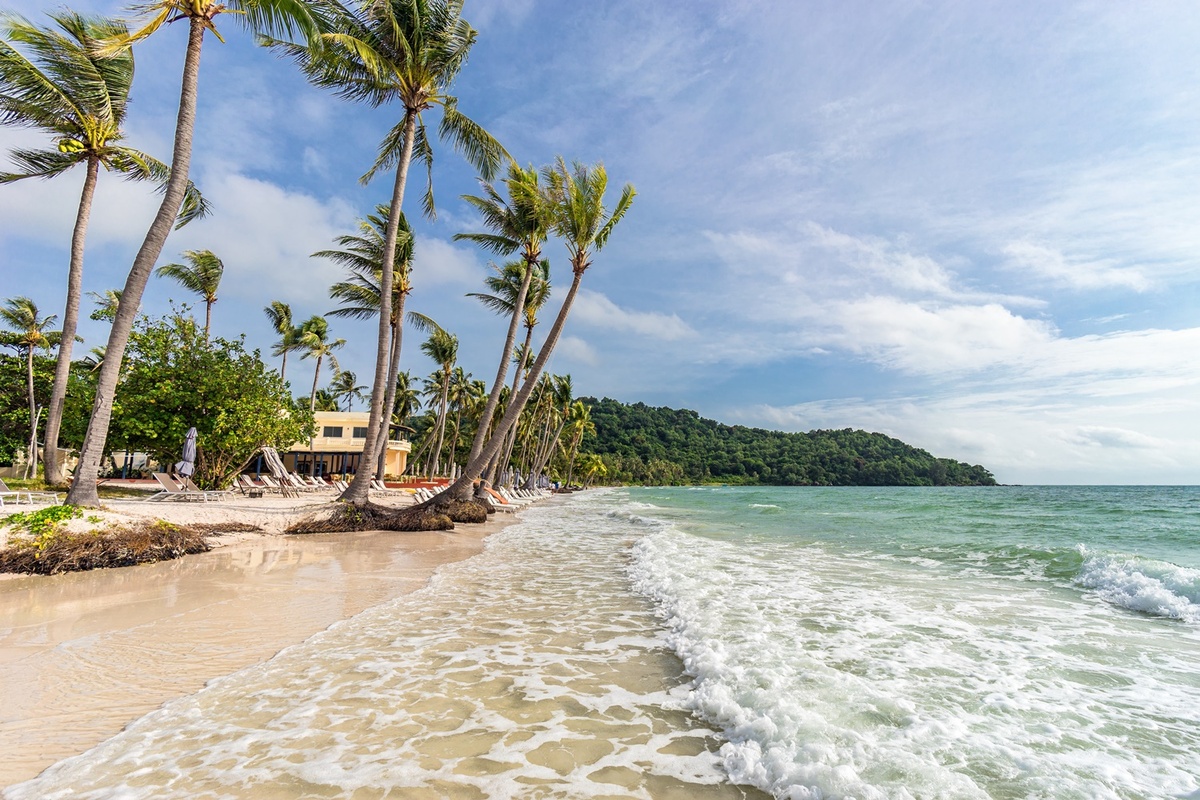
Phu Quoc Beach
Phu Quoc is Vietnam’s largest island, and fast becoming the country’s premier beach destination. There are dozens of excellent beaches on Phu Quoc Island.